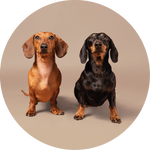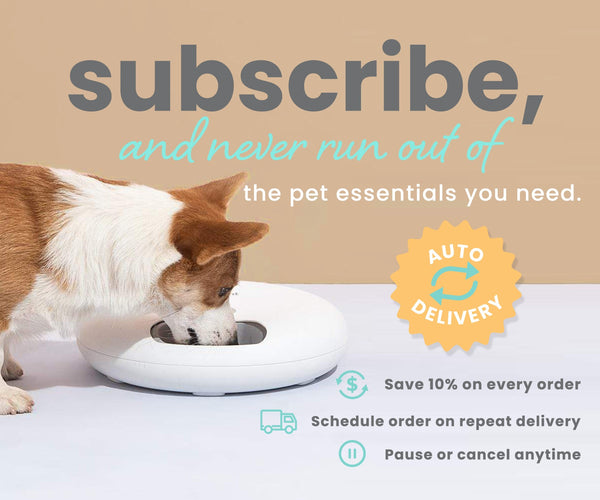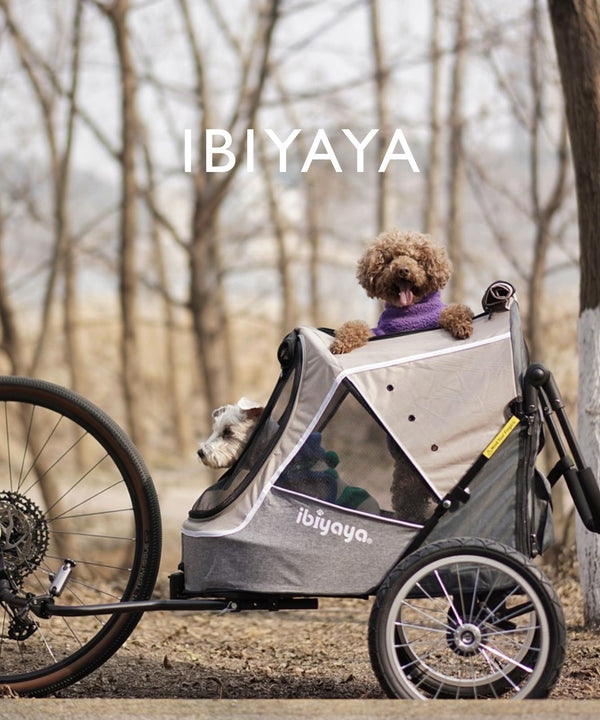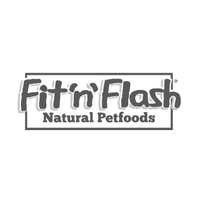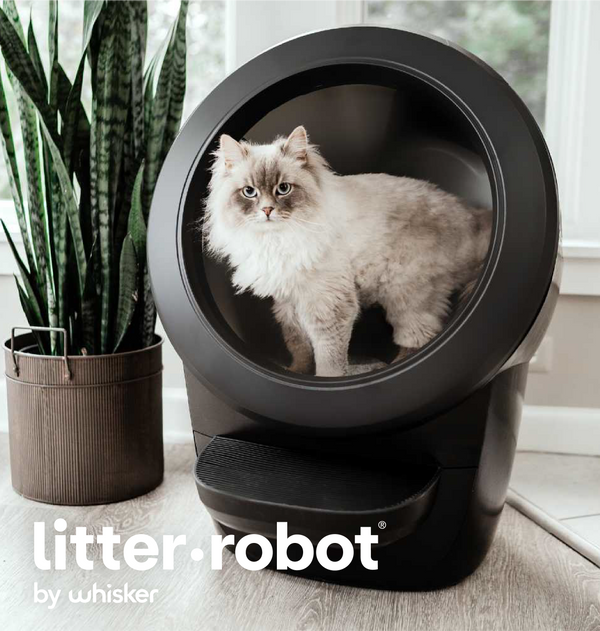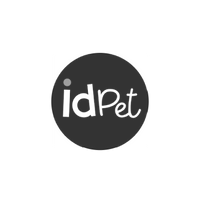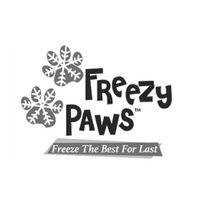New Puppy Checklist: The List of 10 Essentials
So you’ve bought a new puppy, or someone gave you one, and you haven’t really kept pets before, and you want to give them the best environment possible. Well, you’re in the right place.
Like human babies (or toddlers), puppies also have specific needs and requirements to grow properly. If you want to ensure that your puppy grows up to be a healthy dog, firing on all cylinders, you have to make sure that you properly cater to their specific needs.
In this article, we list 10 Essentials to make sure that your puppy grows well:
1. Worm Control
First on this list is probably one of the most overlooked essentials when people get a new member of the family. Intestinal deworming for your puppy is important because they’re small and can get into small crevices and areas you wouldn’t expect, and they can easily pick up worms.
Some of the puppies in pet shops or adoption shelters (we suggest that you avoid buying from pet shops) may already have worms when you take them in. Mothers can pass on their worms when breastfeeding. If you take in your puppy at a very young age, deworm them every 2 or 3 weeks until they’re 12 weeks old.
After that, continue doing it once a month until they reach six months of age. This way, you'll make sure to avoid any issues with your puppy.
In addition to regular deworming, it's also important to practice good hygiene and sanitation to prevent reinfestation. Clean up your puppy's feces promptly and dispose of it properly, as it can contain worm eggs. Regularly disinfect your puppy's bedding and toys, as well as any areas in your home where your puppy spends time, to kill any remaining worm eggs or larvae.
It's also important to be aware of the signs and symptoms of worm infestation, which include diarrhea, vomiting, weight loss, and a swollen belly. If you notice any of these symptoms, take your puppy to the veterinarian as soon as possible for diagnosis and treatment. Early intervention is key in preventing the development of serious health problems caused by worm infestation.
2. Heartworm Prevention
Heartworms are very annoying and can really take away your puppy from you if you aren’t careful. They’re transmitted by mosquitoes, and if adult humans can’t avoid mosquitoes, puppies can’t either.
Take preventive measures to ensure that your puppies aren’t harmed by these pests. You can choose from a lot of different products that get rid of Heartworm. There are also products that get rid of both Heartworm and intestinal worm so you can hit two birds with one stone.
It’s important to keep in mind that prevention is much easier and less expensive than treatment. Heartworm treatment can be risky and can take a long time, often involving injections, hospitalisation, and strict rest for several weeks. Therefore, it’s essential to start heartworm prevention as soon as possible, ideally when your puppy is around 8 weeks old.
Consult with your veterinarian to determine which heartworm prevention medication is best suited for your puppy, as different breeds and sizes may require different types and dosages of medication.
It’s also important to note that heartworm prevention medication is not a one-time treatment. It needs to be administered on a regular basis, as prescribed by your veterinarian. Missing even one dose could put your puppy at risk of contracting heartworm disease.
Additionally, if you have other pets, make sure they are also on a regular heartworm prevention regimen, as they can also be at risk of contracting the disease.
3. Vaccinations
Like our children, puppies also need to be vaccinated to keep them safe from deadly diseases like distemper, parvovirus, hepatitis, and of course, rabies.
Make sure you get the vaccinations and coordinate with your vet or adoption shelter to get them the right ones, so you avoid endangering their lives.

It's important to note that vaccination schedules may vary depending on your puppy's breed, age, and overall health. Typically, puppies will receive a series of vaccinations between the ages of 6 to 16 weeks old, with booster shots administered throughout their first year of life. After that, they will require annual or bi-annual booster shots to maintain immunity to these diseases.
Some puppies may experience mild side effects after receiving vaccinations, such as lethargy or a slight fever. However, these side effects are usually short-lived and mild, and the benefits of vaccination far outweigh any potential risks.
If you notice any severe or persistent side effects, contact your veterinarian immediately.
4. Tick and Flea Control
Ticks and fleas can kill even adult dogs. There are a lot of products in your local pet store or vet clinic that will protect your puppy from these pets. Make sure to get these products and ward off these nasties from your pup.
It's important to choose the right tick and flea control product for your puppy's age and weight, as well as to follow the instructions carefully to ensure the product's effectiveness and safety. Some products are designed for use on puppies as young as 8 weeks old, while others may require a puppy to be a bit older before use.
Tick and flea control products come in various forms, including topical treatments, oral medications, and collars. Some products may offer protection against both ticks and fleas, while others may only target one type of pest. While tick and flea control products can help prevent infestations, it's also important to practice good environmental hygiene to reduce your puppy's risk of exposure.
Keep your home and yard clean and free of debris, as ticks and fleas can hide in tall grass, piles of leaves, and other areas. Regularly wash your puppy's bedding and toys, and vacuum your home frequently to remove any pests that may have found their way inside.Top of Form
If you do find ticks or fleas on your puppy, it's important to remove them promptly and carefully. Use tweezers or a tick removal tool to grasp the tick as close to the skin as possible and pull straight out with a steady motion.
5. Dog Collars and Leashes
One of the most overlooked things is getting your puppy used to dog collars while still young. If your dogs aren’t used to dog collars and leashes, chances are they’re going to be uncomfortable if you introduce it to them later on.
Getting your puppy accustomed to wearing a collar can be a gradual process. Start by introducing them to the collar for short periods of time while supervised, and gradually increase the duration. Reward your puppy with treats and praise when they tolerate the collar without fussing or trying to remove it.

Once your puppy is comfortable wearing a collar, it's time to introduce them to a leash. Choose a lightweight leash that is appropriate for your puppy's size and strength. Begin by attaching the leash to your puppy's collar while they are indoors and supervised, and allow them to drag it around behind them. This will help them get used to the sensation of something pulling on their collar.
When your puppy is comfortable with the leash, it's time to start practicing walking on the leash. Choose a quiet, safe area to begin, and keep the leash loose while walking with your puppy.
Reward them with treats and praise when they walk calmly beside you. Avoid yanking on the leash or pulling your puppy, as this can be uncomfortable and may lead to negative associations with the leash.
6. ID Tags
ID Tags are also very important when keeping a pup because they’re small and can go around and through places without you spotting them. Let’s face it, you can’t be around your pup 24/7, and there really are chances of them getting lost. Your ID tags are essential in making sure that you can find them, or someone can return them to you just in case.
Make sure to include important information on your puppy's ID tags, such as their name, your phone number, and any relevant medical information. It's also a good idea to have your puppy microchipped as an added layer of protection.
Remember to update your contact information if you move or change phone numbers, so you can be easily reached if your puppy goes missing. Regularly check your puppy's ID tags to ensure they are still readable and securely attached to their collar.
7. A Comfortable Bed
Puppies sleep more than adult dogs do. It’s essential that you find a place in your house where you can keep them away from the hustle and bustle. Someplace where you can also keep their food and water bowls kept is the optimum area. Your puppy needs a lot of quiet time and a place where they feel secure and safe. A comfortable dog bed is very important for growing puppies!
8. Good Nutrition
Since your puppies are still growing, you need to provide them with nutritious food. It’s highly important that you get a balance of dog food and other healthy natural food once in a while for your puppy.
Remember that they need to get the right amount of nutrition to grow into healthy and happy dogs. You can search the net or ask your local pet store for differences in their dog food and supplements so you can weight out yourself.
9. Toys
Again, like babies, our pups also need toys! They need to play, chase around, and have fun tugging at things. If you don’t give them chew toys and other fun things to keep them entertained, they’ll probably just find their own toys like your shoe.
When selecting toys for your puppy, choose ones that are safe and appropriate for their age and size. Avoid toys with small parts that can be chewed off and swallowed, which can be a choking hazard. Look for toys that are made from durable materials, such as rubber or nylon, and are easy to clean.
10. Love
Of course, you love your puppies, we know, but new puppies have just been taken away from their siblings and mother and are in a completely new environment. To fill in for that, we suggest that you give them lots of attention and enjoy their company while they’re still small and adorable.
Complete your list and more, visit https://www.modernpet.com.au now.

